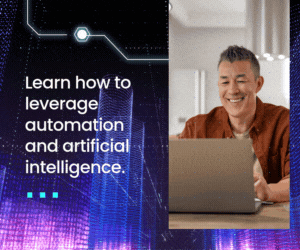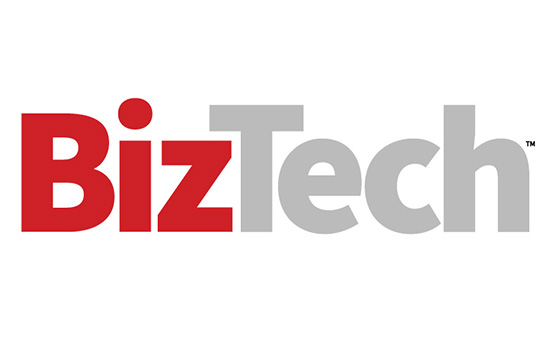BIZTECH: What are you seeing as the biggest opportunities for nonprofits as they experiment with AI?
The way AI used to work is you would train a model to do something very specific. Quill, for example, would take a paragraph and build a model specifically for that paragraph on teaching students how to engage with it, and it taught the model how to react to different responses from students. The AI was trained specifically on that model. And now it’s becoming possible for AI to do more complex tasks by stitching together those individual things. So, the hope is that it’s more useful for a wide variety of problems and tasks.
Another AI-powered nonprofit, Digital Green started by going to farms and showing videos in the local language to help farmers improve their farming practices. Now it provides them much more customized advice from a mobile device that’s intelligent and works real time. So, I think we’ll see that in a lot of places.
This is the dream of the AI optimists — for AI to improve our global well-being. In Fast Forward’s new 2025 AI for Humanity Report, we found that 84% of AI-powered nonprofit respondents said funding would most help them further develop and scale AI. This is important because the data shows a clear relationship between resources and reach. At the smallest budgets, AI-powered nonprofits are serving thousands, a median of just under 2,000 lives. By the time budgets cross $1 million, median reach jumps to half a million people. And at more than $5 million, AI-powered nonprofits impact a median of 7 million lives.
BIZTECH: How are nonprofits accessing these tools? Are they building them in-house or using off-the-shelf solutions?
We see a mix. Most AI-powered nonprofits start with off-the-shelf tools to get up and running quickly, then move to in-house solutions once they’ve proven that the approach is worth deeper investment. For example, Digital Green initially piloted its farmer chat feature using an existing platform, and later built its own version.
Even when using pre-made tools, most nonprofits customize them to meet the unique needs of their communities. Ultimately, they don’t focus on AI for its own sake — they care about the impact it has.
Nonprofits are problem-driven: they start with a specific challenge and choose the technology that best helps them solve it. Unlike tech companies, which often aim to build broadly scalable products, nonprofits focus on solutions that fit their mission and users.
Ethics, privacy, and bias are also top of mind. According to our research, 61% of surveyed AI-powered nonprofits customize large language models with their own data to better serve their communities, and 70% regularly incorporate community feedback into system updates.










